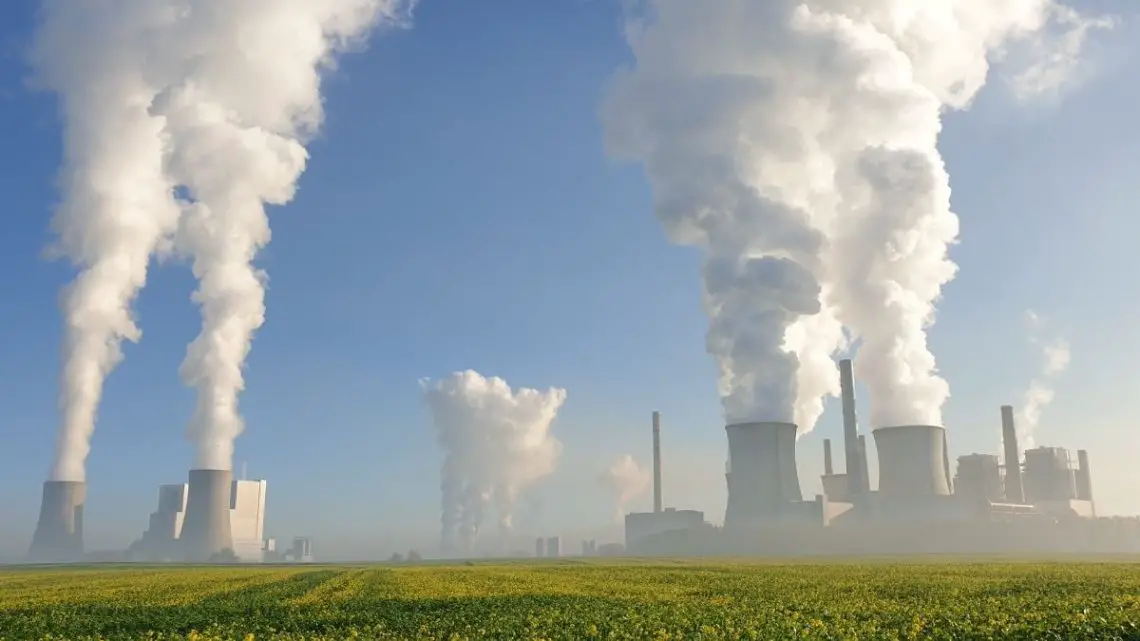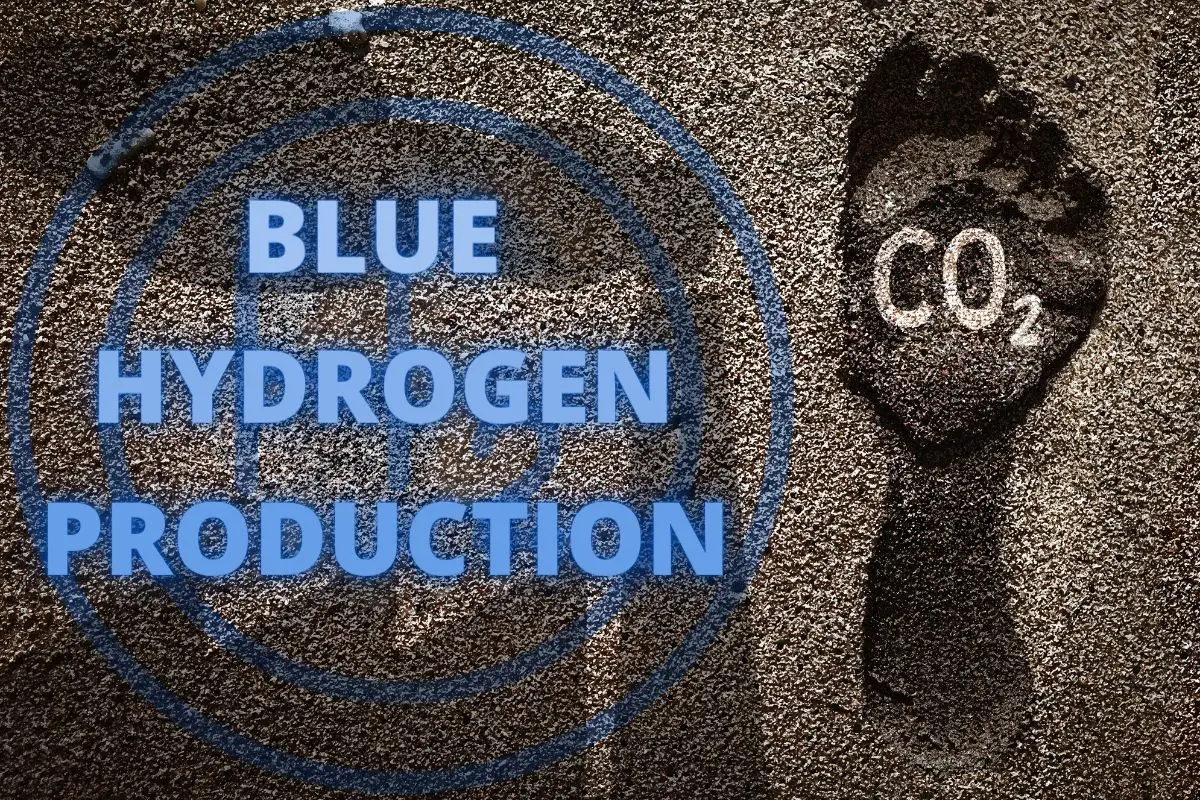
Blue hydrogen might pollute more than burning fossil fuels, says research
April 20, 2022Researchers from Cornell and Stanford Universities believe it may be more harmful than coal and gas.
Though blue hydrogen is central to many national plans for decarbonization, researchers from Cornell and Stanford Universities believe it may harm the environment even more than the coal and gas it is meant to replace.
H2 might be seen as the clean alternative, but it’s the way it’s produced that could be dirtier than fossil fuels.
The key isn’t in the H2 itself but is in the fact that it is blue hydrogen. This specific type of H2 production uses natural gas and a process called steam methane reforming (SMR). This process might result in an emission-free fuel, but its production still produces greenhouse gases.
The SMR method converts methane into hydrogen and carbon dioxide using pressure, heat and steam. At that point, it’s known as gray hydrogen. That said, to make it blue, the carbon dioxide emissions are captured, as are many of the other impurities. From there, those pollutants are stored. Click to learn more about the different colors of H2.
Blue hydrogen differs greatly from green H2, which is produced with renewable energy.
As green H2 is made by electrolyzing water in a process that is powered by renewable power such as wind or solar, it does not result in greenhouse gas emissions which must be captured and stored.
According to the researcher team, producing H2 using natural gas and other fossil fuels – even when carbon capture and storage is employed – might be more harmful to the environment than simply burning those fossil fuels.
The carbon footprint of producing blue hydrogen is about 20 percent higher than burning coal or natural gas directly for heat production, said the researchers. Moreover, it is also about 60 percent higher than using diesel oil for heat, according to the study, which was published in the Energy Science & Engineering journal.

“In the past, no effort was made to capture the carbon dioxide by-product of grey hydrogen, and the greenhouse gas emissions have been huge,” said Robert Howarth, Cornell University professor of ecology and environmental biology who authored the report with Stanford University’s Mark Z. Jacobson, a professor of civil and environmental engineering. “Now the industry promotes blue hydrogen as a solution, an approach that still uses the methane from natural gas, while attempting to capture the by-product carbon dioxide. Unfortunately, emissions remain very large.”



 With over 15 years of reporting hydrogen news, we are your premier source for the latest updates and insights in hydrogen and renewable energy.
With over 15 years of reporting hydrogen news, we are your premier source for the latest updates and insights in hydrogen and renewable energy.